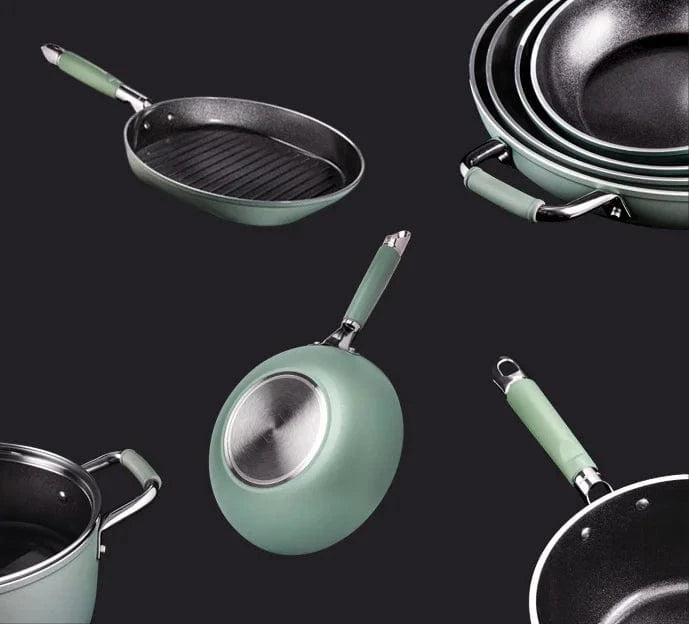
Best kitchen cutting boards: a guide to choosing
Hygiene, performance, sustainability. These are three values that are increasingly guiding our purchases for the kitchen, both in terms of evaluating ingredients for recipes and selecting tools.
One of the table and kitchen accessories currently in the spotlight is the cutting board, which is subject to constant studies by manufacturers with the aim of improving its resistance, non-toxicity, hygiene and durability.
Let's take a lot at some tips for choosing the perfect cutting board for your needs, in light of the new market scenarios.

Cutting boards: questions and answers to choose the right one
From the material to the size, from the type of surface to the intended use, here are some questions to ask yourself to help pick out the right cutting board.

1) Is a plastic or wooden cutting board better?
There are mainly two large families of cutting boards on the market: plastic cutting boards and wooden cutting boards.
First of all, it's important to bear in mind that, precisely because of the way a cutting board is used, it is inevitable that its surface will get scratched by the use of knives, which create micro-cracks where food residues and bacteria can easily nest.
While plastic cuttings board can be washed in a dishwasher at temperatures of 70°C - 75°C to eliminate pathogenic microorganisms, we are not used to replacing them frequently, and in the long run this can cause the plastic to deteriorate, making the cutting board increasingly difficult to sanitize perfectly.
Wood, by its nature, is a porous material that absorbs a lot of water, and over time it also takes in external moisture as well as the juices from food, encouraging the proliferation of bacteria. It cannot be washed in the dishwasher, and to sanitize it properly you should remember to use bicarbonate, vinegar or lemon every time. So although aesthetically more pleasant and more resistant, a wooden cutting board also conceals many hidden dangers.
So, wood or plastic? The good news is that the market now offers innovative and sustainable cutting boards, which we will talk about shortly.

2) Cutting board with a grooved edge or flat surface?
Another differentiating factor is that of the cutting board's surface. Some models have a grooved edge that can be useful for collecting juices, while others have a completely flat surface, which are ideal for cutting dry food.

3) Which cutting board for a barbecue?
Is barbecuing your passion? Impress your guests with a cutting board with unbeatable performance!! For those who like to have fun with the grill we recommend opting for wooden cutting boards, which are better suited to the properties of meat and fish, or special water-repellent cutting boards with technical characteristics that allow you to keep the temperature of the dishes fixed without them continuing to cook.

4) What is the ideal size of a kitchen cutting board?
Today you can find cutting boards of any size or shape, ranging from classic 25x15 rectangles to cutting boards with much wider surfaces that copy the shape of particular objects, such as guitars, apples etc. Our suggestion is to get cutting boards of different sizes, and choose the one most suited for cutting on a case-by-case basis.
Tips for buying the perfect chopping board
Having cleared up these first aspects, here are some simple tips for finding your way to buying the perfect cutting board:
- Whether you do it by hand or in the dishwasher, choose a cutting board that's easy to wash with a scratch-resistant surface;
- If you opt for plastic or wooden cutting boards, remember to replace them frequently;
- Make sure you have cutting boards of different sizes, a must in the kitchen;
- Make sure you always have at least three different cutting boards, one for meat, one for fish and one for fruit and vegetables.
The innovative Paperstone® cutting board by Primecook
One of the flagship products of the Anthracite line, our Paperstone® cutting board revolutionizes the cutting experience, ensuring maximum hygiene, scratch resistance, water repellence and stability over time.
It pays sincere attention to the environment: Paperstone® is a 100% ecological material composed of patented natural resins, post-consumer paper and cardboard, and is totally non-toxic and anti-abrasion. Its biggest advantages include the simplicity of cleaning and its ability to keep the temperature of the meat unchanged up to 180°, a fundamental plus that allows you to serve cuts with the right level of cooking, unlike other chopping boards.
The refined Made in Italy design and the pairing with the matching elegant beech cutting board holder round off its appeal.
Do you have questions? Contact us!




